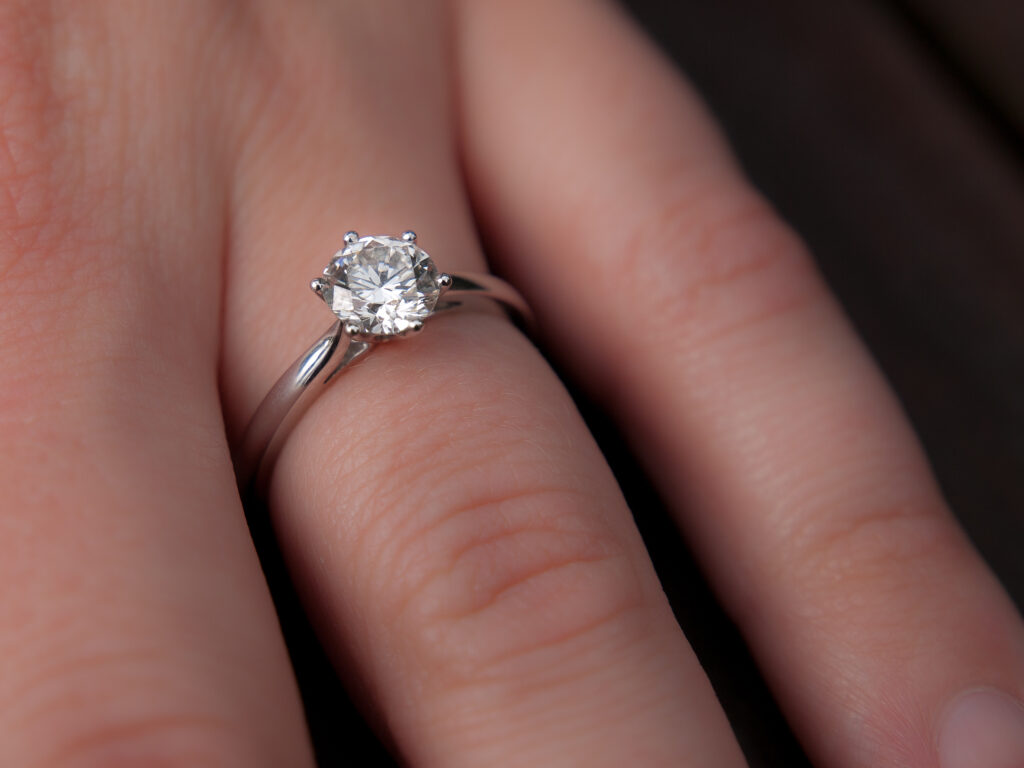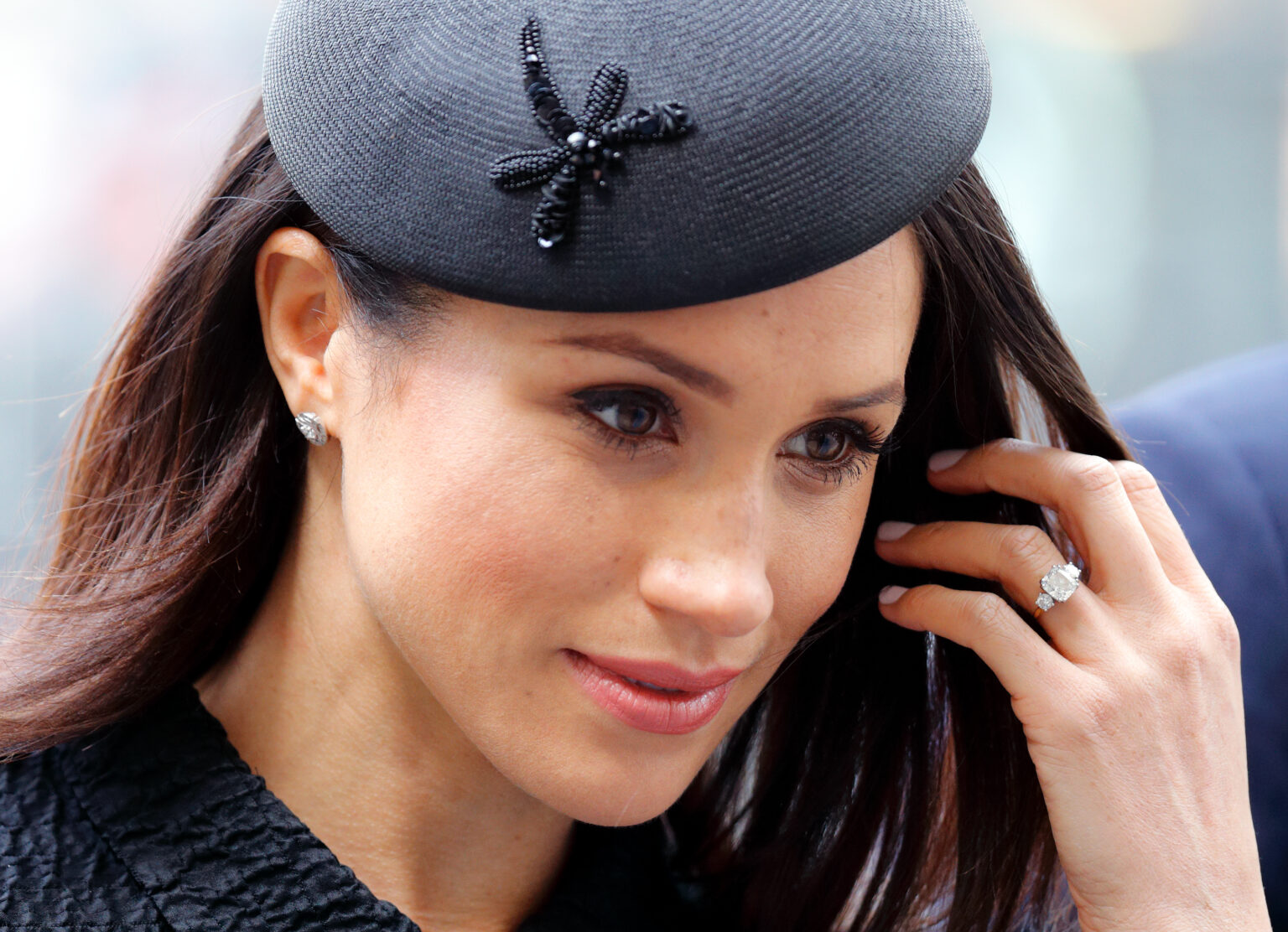Engagement rings are often one of the largest single line-item expenses couples face in the run-up to marriage. One area modern couples have been cutting costs in drastically is engagement rings.
Couples with limited disposable income often agree that the engagement ring should not dominate the budget, especially given the significant expenses involved in planning a wedding.
And that’s clear in engagement ring purchasing trends—ere’s where the shifts are happening.
Shifting Priorities in Engagement Ring Spending
Many couples are prioritizing personalization and thoughtfulness over price tags, choosing center stones that reflect their partner’s favorite color, birthstone, or a gem with special meaning to both of them. This approach not only adds sentimental value but also allows for more creative and unique designs.
The average engagement ring cost $5,500 in 2024. Although this figure may seem daunting, it’s actually part of a steady downward trend from $6,000 in 2021 and $5,800 in 2022.
According to a survey by The Knot, a wedding planning tech platform, a third of respondents plan to spend between $1,000 and $4,000 on an engagement ring, while 9% intend to spend less than $1,000. On the higher end of the spectrum, 16% of respondents will spend over $10,000, and 6% are prepared to invest more than $15,000.

One potential reason for this decline is that engagement ring buyers are becoming more cost-conscious, opting for simpler or more sentimental designs without unnecessary embellishments. Setting a budget is important to avoid spending too much money that could be spent on other things, such as a tuxedo for the wedding.
All these options help make $5,500 the average and not the final word. However, the traditional “three months’ salary” guideline is no longer a rule you need to follow. The “three-months’ salary” guidelines originated from De Beers’ iconic “A Diamond is Forever” campaign in the 1930s, which was designed to boost diamond sales during the Great Depression. Today, many couples recognize that this rule is no longer necessary or realistic.
The key is to choose a ring that reflects your unique style and fits your budget—ultimately, it’s about what feels right for you and your partner.
Budget-Friendly Alternatives to Traditional Diamonds
Modern engagement ring buyers are increasingly exploring alternatives to traditional diamonds. Gemstones like amethysts, opals, peridots, sapphires, and emeralds offer vibrant, colorful options that stand out.
Another factor is the growing popularity of lab-grown diamonds and moissanite, which provide more affordable alternatives to traditional mined diamonds while maintaining the appearance and profile of classic engagement ring styles.
Lab-grown diamonds and moissanite not only offer a more budget-friendly alternative, they also appeal to ethically conscious buyers who want to avoid supporting “blood diamond” trade. Blood diamonds are stones that fund conflict and are often use exploitative labor practices in regions where diamonds are mined and exported.
Personalized Touches
Beyond the gem centerpiece, many are opting for non-traditional engagement ring bands made from materials such as tungsten, stainless steel, and meteorite, moving away from the classic gold or silver.
Others may not mind choosing less expensive options like used rings (or vintage, to make it sound more chic) to avoid adding too much to their credit card debt.
Whether opting for a traditional diamond, a colorful gemstone, or an ethical alternative like a lab-grown diamond, the key is to prioritize what matters most—sentimental value and lasting significance.
By setting a realistic budget and considering alternative materials, couples can ensure their engagement ring is both a beautiful symbol of commitment and a financially sound investment for the future.
Related: The Single Most Important Financial Decision, According to Warren Buffett
This article is for informational purposes only and does not constitute financial advice. The views and opinions expressed are those of the author and do not represent recommendations for any specific financial actions. Neither author nor publication receives a commission through recommended links in this content.


